ADA & Braille Signs
Our ADA signs are custom made to the unique needs of your brand and facility while following ADA standards and guidelines, including size, materials, contrast, typography and more.
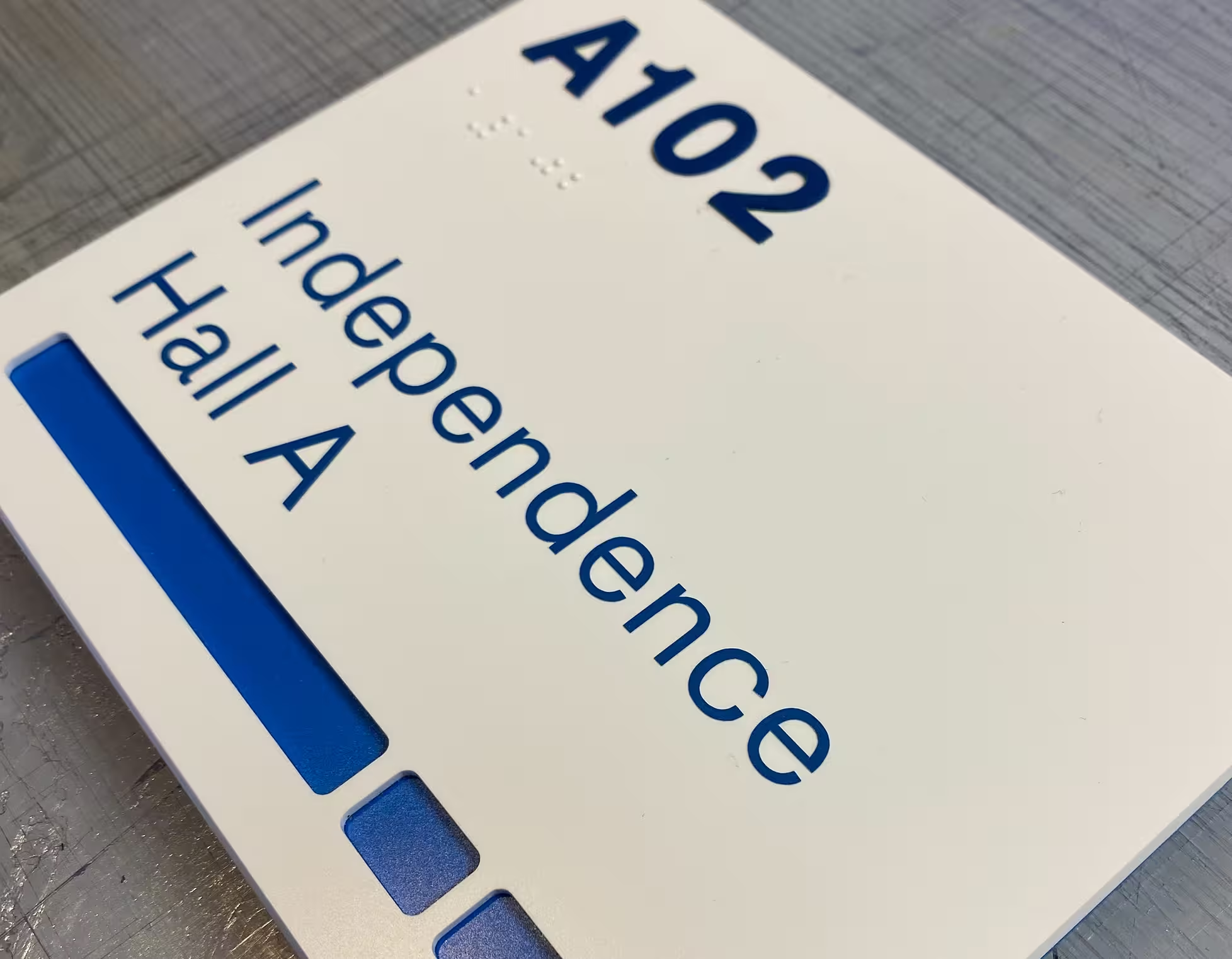
Styles
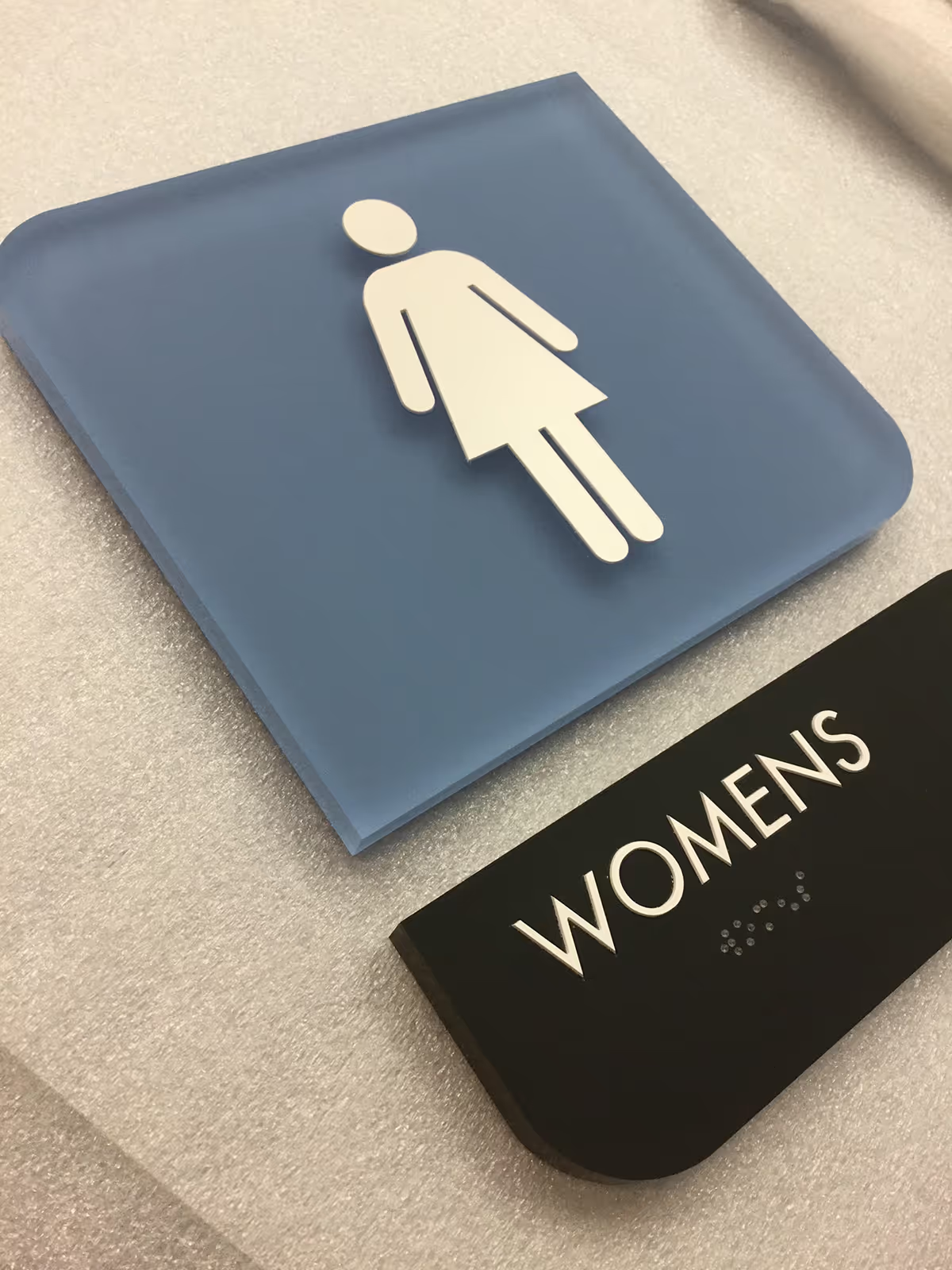
Back Painted Acrylic
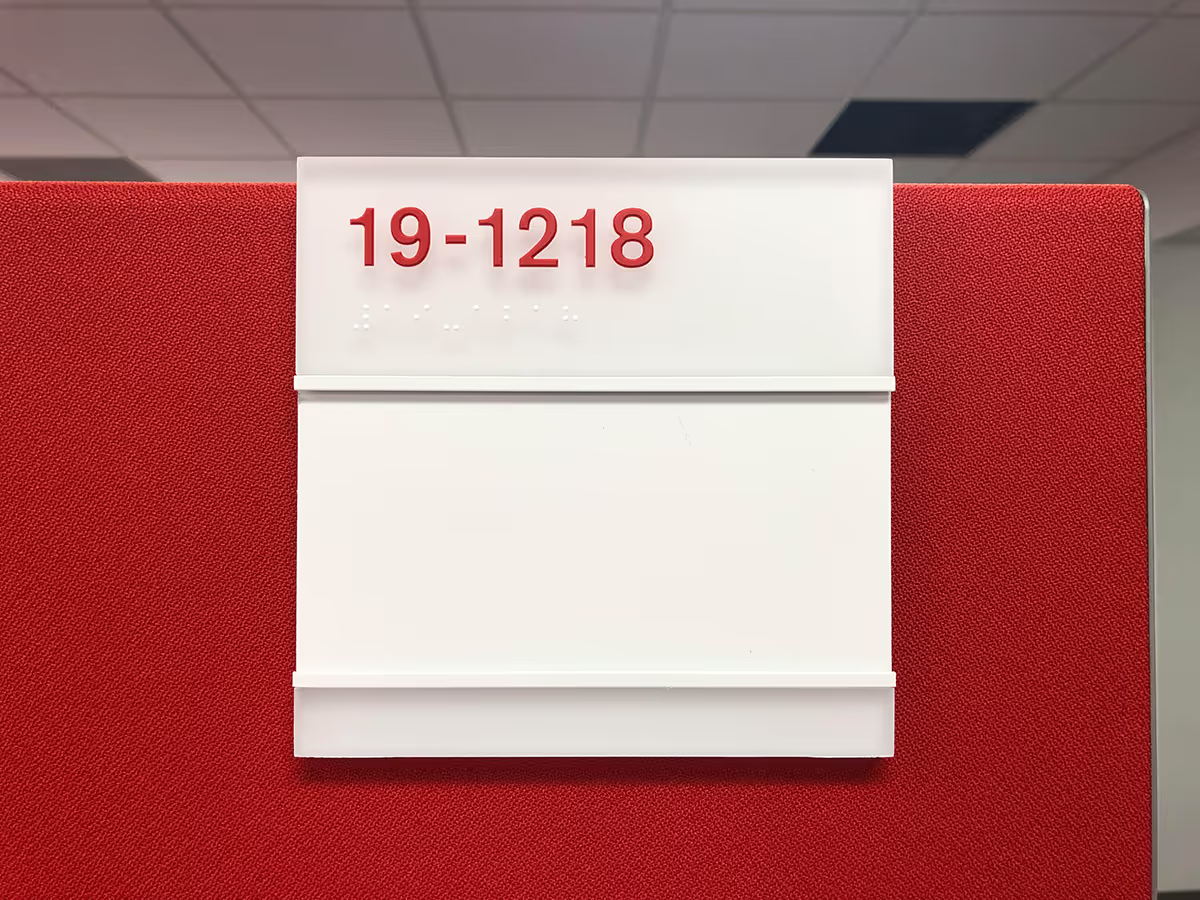
Built-in Nameplate Holder
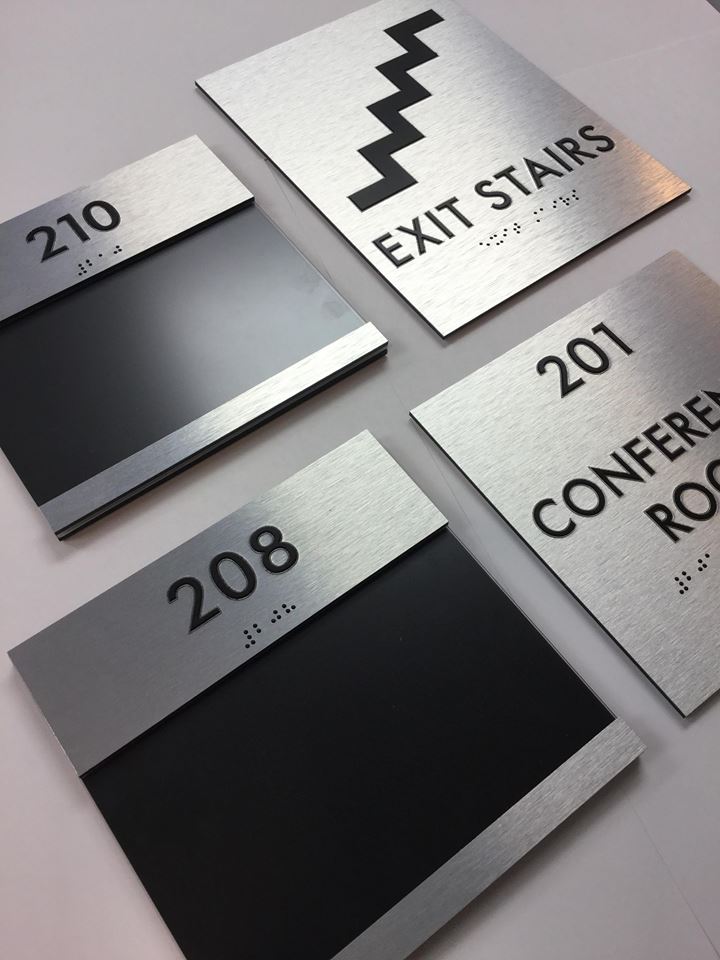
Brushed Aluminium
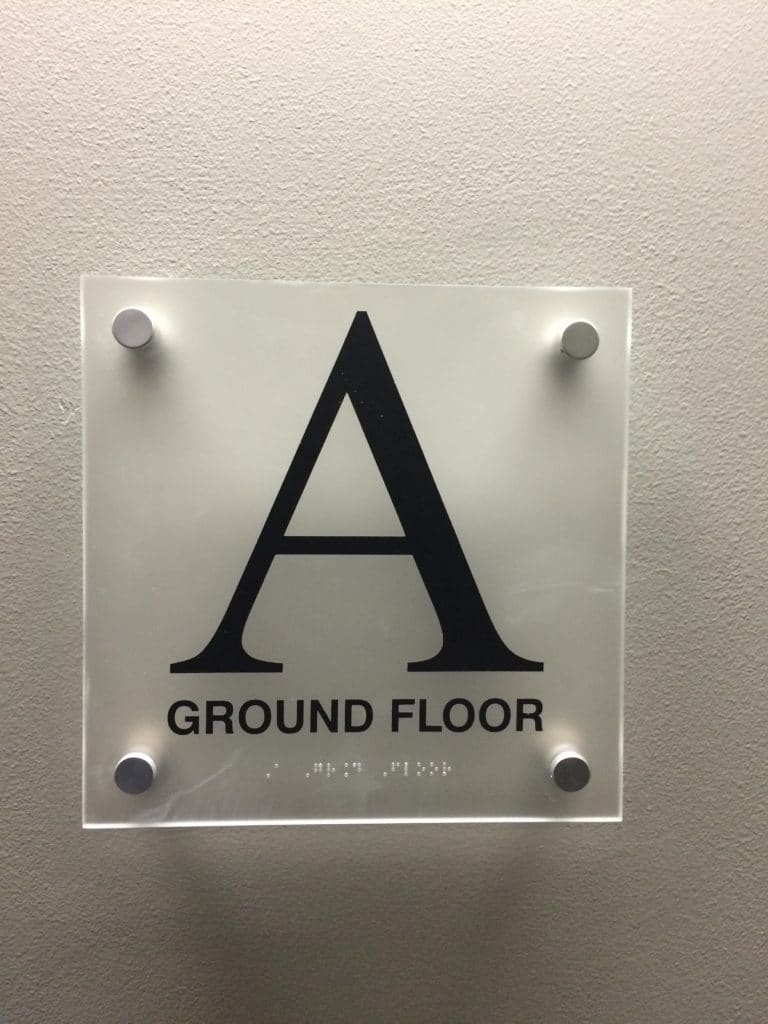
With Standoffs
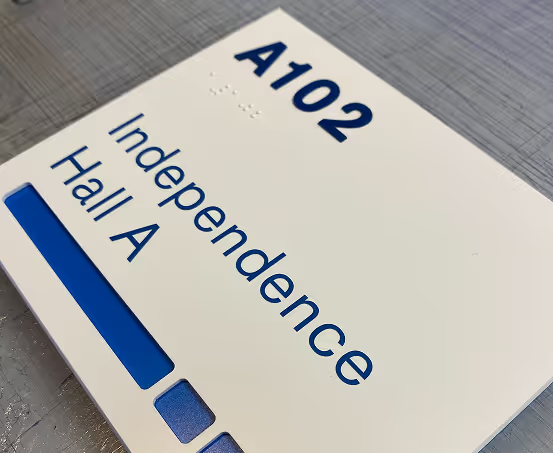
Window Inserts

Wood Laminate
Frequently Asked Questions
- Short for the Americans With Disabilities Act, the ADA was signed into law by President George H.W. Bush in 1990. The law created, among other things, a set of standards for “public space” signage to accommodate the visually impaired or blind.
- In 2010, the United States Department of Justice released revisions to the original ADA Code, including design standards for ADA Signage. These specifications outline requirements for raised elements, braille, and non-glare finishes.
- A Business that provides “Goods and Services” to the public is considered a “Public Accommodation” and shall comply with the ADA. Specifically, US DOJ guidance lists the following categories for public accommodation, which must comply:
- Retail stores
- Restaurants
- Bars
- Service establishments
- Theaters
- Hotels
- Recreational facilities
- Private museums and schools
- Doctor & Dentist offices
- Shopping malls
- The businesses listed above are required to comply with the ADA regardless of the size of the business, or age of the property.
- A sign that complies with the Americans with Disabilities Act (ADA) standards ensures accessibility for individuals with disabilities, particularly those with visual impairments. These signs often include tactile lettering, braille, and pictograms, and have specific requirements for contrast, size, and placement.
- ADA signage is required for identification signs on permanent rooms or spaces, including restrooms, elevators, stairwells, and exits. Accessible doors and doorways must be marked with ADA signage, as well as areas of refuge.
- Directories, logos, menus, and room occupant names are not required to comply with the raised element and braille requirements for ADA signage. Overhead hanging signs, similar to those seen in airports and hospitals, also do not need to comply.
- ADA signs are custom designed to fit the decor. CAD (Computer-Aided Design) software is used to ensure compliance with the text height, spacing, and braille requirements of the ADA.
- A CNC (Computer Numerical Control) machine is used to create insertion points for the braille beads, and to cut out the raised elements. A laser or CNC Router is then used to cut out the final shape of the sign (typically 6″ x 6″). Signs can be mounted with very high bond (VHB) tape or fastened with standoffs.
Elmark Sign Company has made ADA signs from a variety of different materials, with the most common being acrylic, engraving plastic, and cast metal.
Yes, Elmark Sign Company can produce ADA signs in almost any color scheme to match any preferences. The most common colors of braille beads are clear, white, black, grey, and stainless steel.
Yes, Elmark Sign Company's clients frequently request a non-glare “window” in office and conference room signs to provide for the addition of non-permanent text such as names, titles, or room names. The paper insert can easily be reprinted and replaced in the future as offices change and/or staff are promoted.
ADA sign installation requires mounting signs with braille and tactile characters at a height between 48 and 60 inches from the floor, measured from the baseline of the characters. The signs should be located on the latch side of the door, and a clear floor space of 18 inches by 18 inches must be centered on the tactile characters.
For custom ADA signs, like those made by Elmark Sign Company, product costs range from $50-$100 per sign on average. Some of the more elaborate, and labor-intensive designs can range well over one hundred dollars each.
- The size and complexity of the order will, in large part, determine the lead time. Expect an average of 1-2 weeks for standard color signs, and 2-3 weeks for painted signs.
- Expedited processing may be available upon request.
Our Signs
Explore custom signs by category and see what's possible.

ADA & Braille Signs
%201.avif)
Acrylic Panel Signs
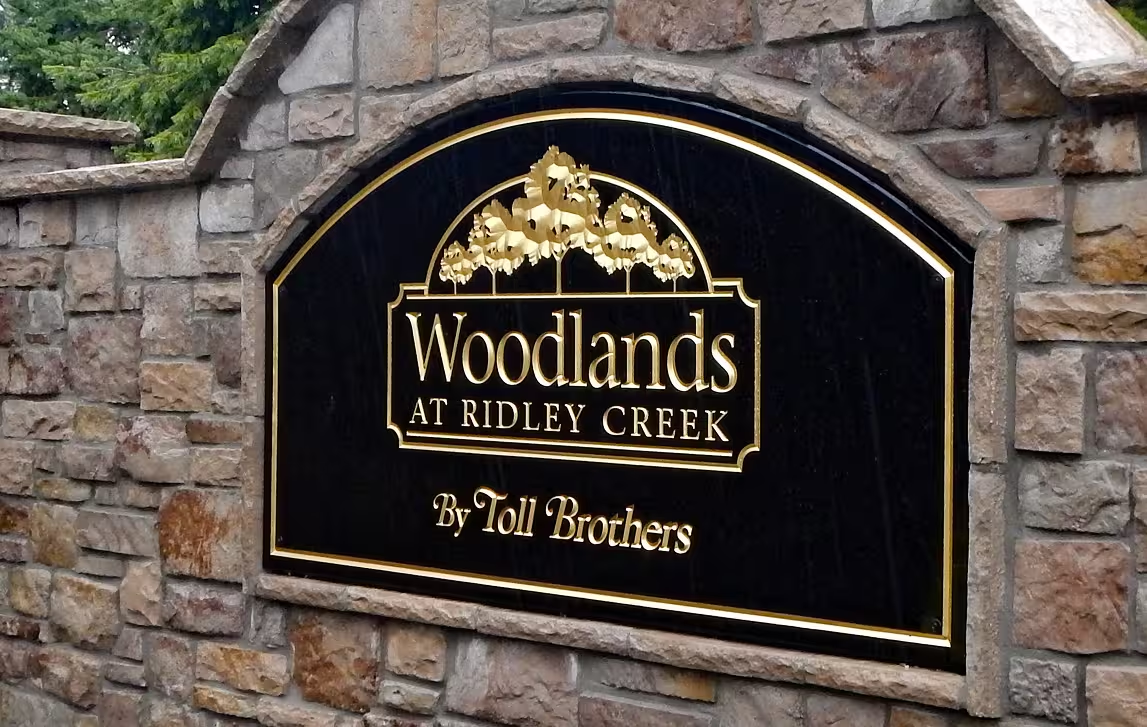
Carved Signs

Dimensional Letters
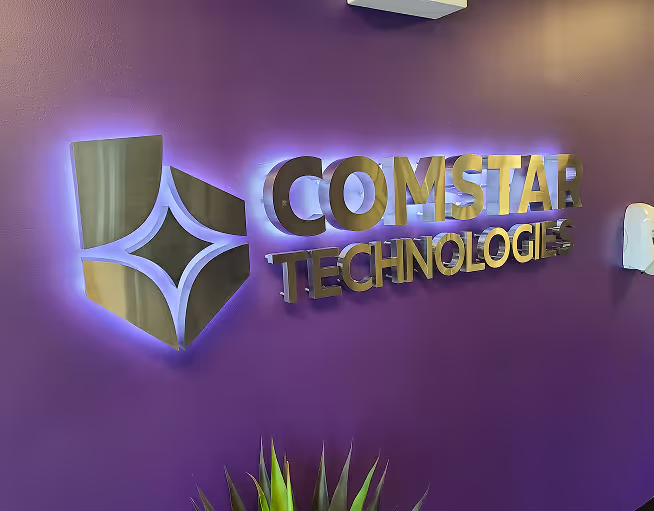
LED Illuminated Signs
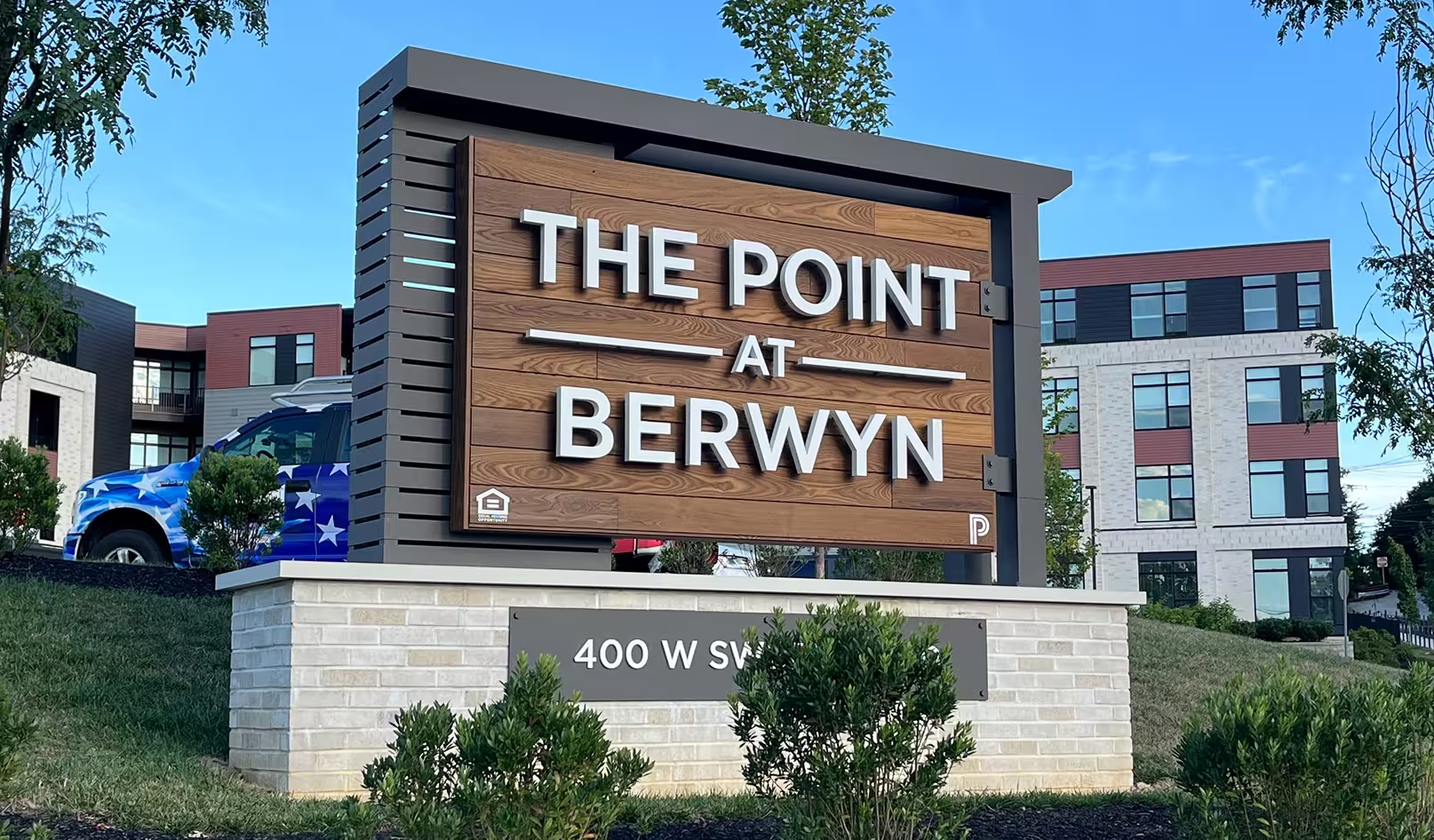
Monument Signs
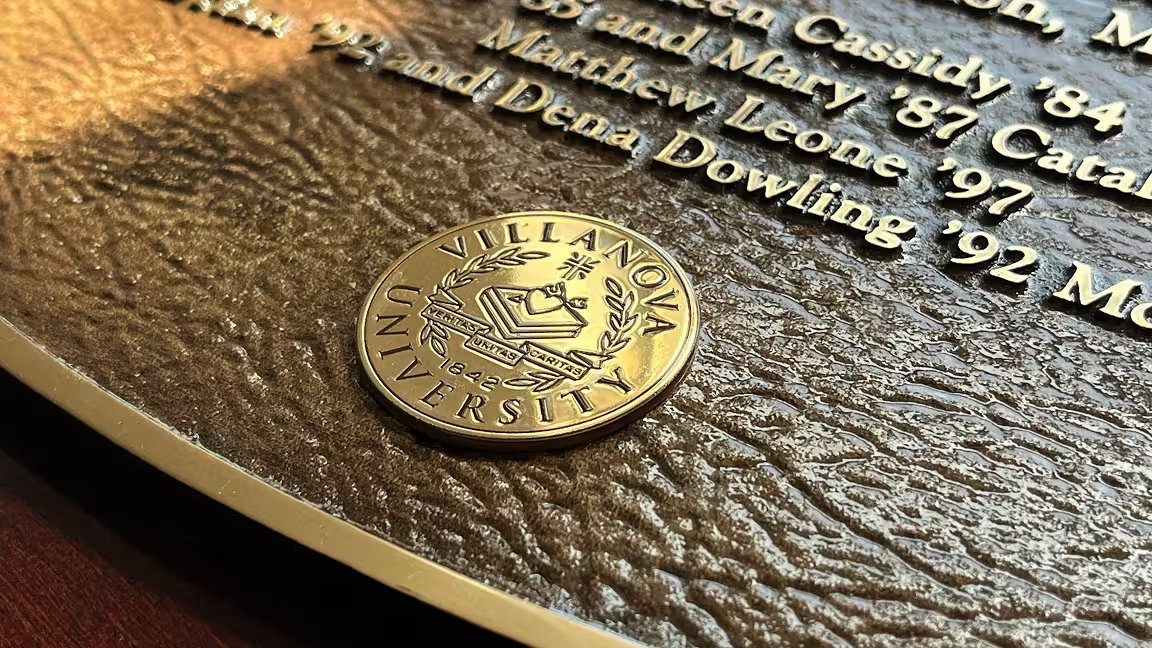
Plaques
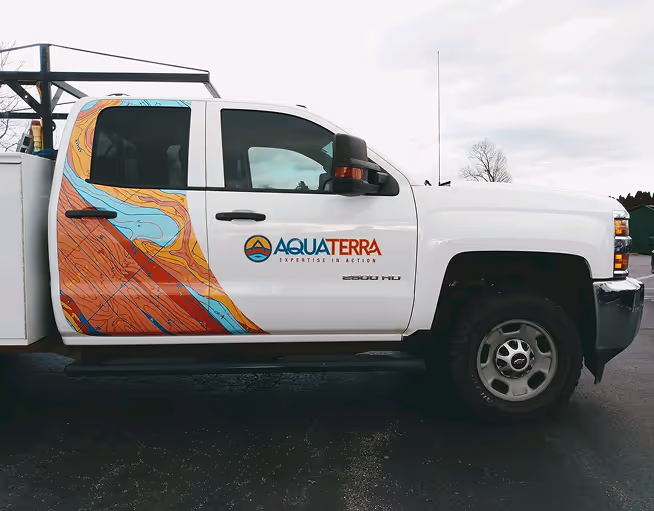
Vehicle Wraps & Lettering
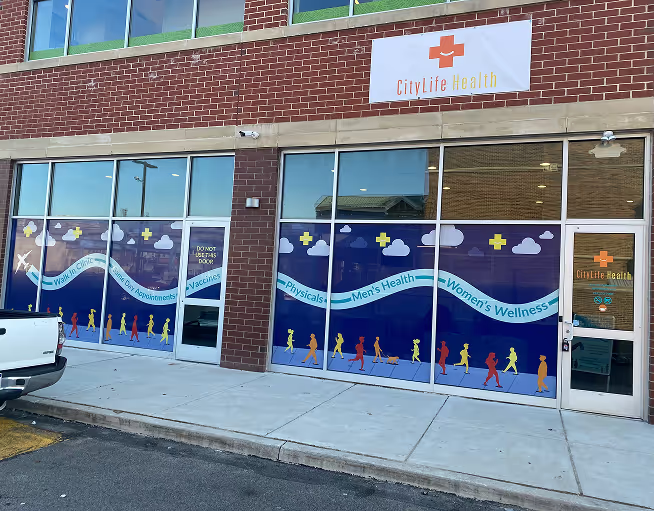
Wall & Window Vinyl
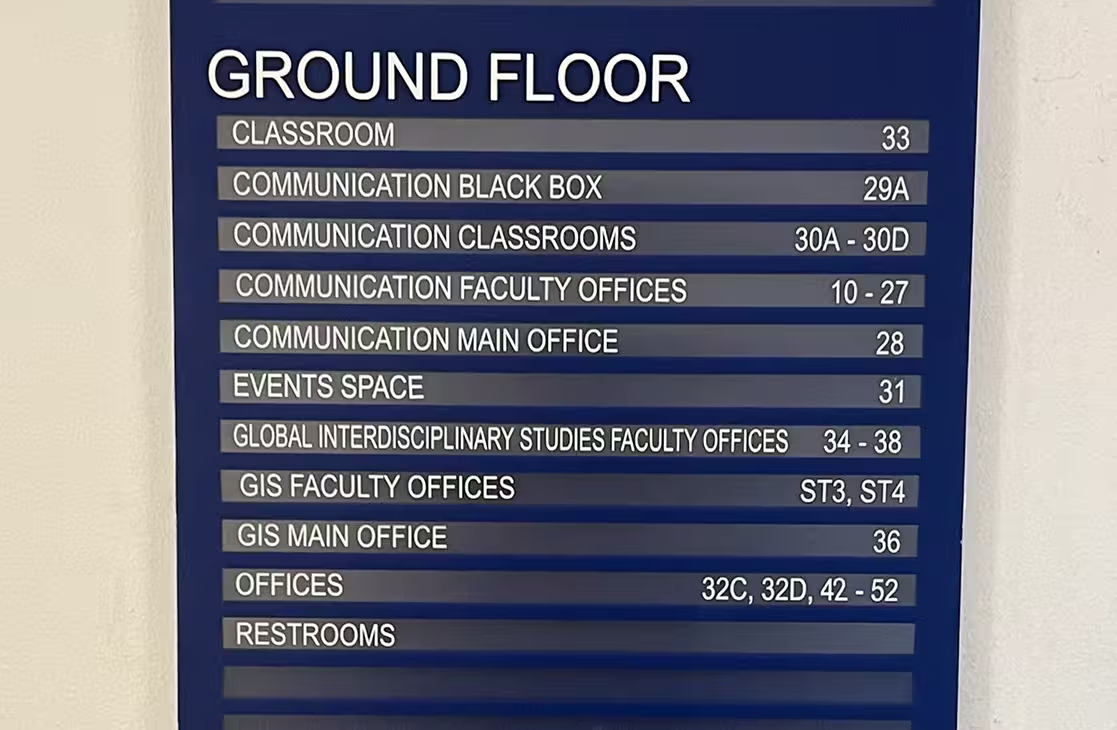
Wayfinding Signs
Let Us Make Your Perfect Sign
Toll free
+1 (800) 355-SIGN
Headquarters
- Philadelphia – West Chester PA
- 307 Westtown Road,
- West Chester, PA 19382

Tell us about your project

.avif)
.avif)
.avif)
.avif)
.avif)
.avif)
.avif)
.avif)